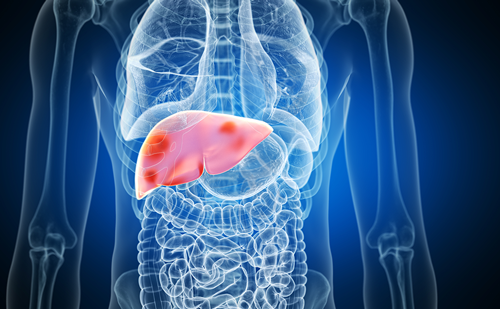In the developed world, diabetic retinopathy (DR) is the leading cause of vision loss in the working population.1 Coupled with the fact that the prevalence of DR is expected to double by 2025, the impact on quality of life of affected individuals and the societal cost in general cannot be overstated.2 The increasing burden on ophthalmic departments is similarly enormous, so the search for novel therapies has become imperative.
In the developed world, diabetic retinopathy (DR) is the leading cause of vision loss in the working population.1 Coupled with the fact that the prevalence of DR is expected to double by 2025, the impact on quality of life of affected individuals and the societal cost in general cannot be overstated.2 The increasing burden on ophthalmic departments is similarly enormous, so the search for novel therapies has become imperative. Laser photocoagulation for DR has been the therapeutic gold standard for over a quarter of a century, while recently we have seen the introduction of intravitreally administered antiangiogenic therapy following the results of recently conducted clinical trials.3–8 Moreover, the recognition of the role of inflammation in DR has also focused the spotlight on the use of intravitreal steroids.9–11 These therapies, though variously effective, are late-stage interventions that are administered when the disease may have been present for many years and when vision loss is imminent or may already have occurred. Thus, in the absence of a cure for diabetes, a treatment that could be delivered at an earlier stage when the risk of vision loss is still remote, that is safe, and that directly addresses the underlying pathology of the disease would be a giant step forward. As cell therapy satisfies these criteria, it has potential as a future treatment for DR.
Terminology and Definitions
The terminology can be confusing when it comes to defining the various stem cell types. In the main, this article concentrates on what we currently understand to be endothelial progenitor cells (EPCs). These cells are derived from the bone marrow and were first isolated by Asahara et al.12 We now know that when we use this term we are probably not referring to a single cell entity, but instead to a group of cells that are capable of differentiating down an endothelial cell route or lineage.13 First, EPCs can be derived from hemangioblasts and express various cell markers, including vascular endothelial growth factor receptor 2 (VEGFR-2), CD133, and CD34.14 Second, EPCs are considered a subset of cells derived from bone marrow multipotent adult progenitor cells (MAPCs). While these also express VEGFR-2 and CD133, they lack CD34.13 Finally, bone marrow-derived myelocytic/monocytic cells can also differentiate into EPCs, express CD14, and form mature endothelial cells that express von Willebrand factor, VEGFR-2, and CD45 in culture.14 All EPCs, regardless of their origin, take up acetylated low-density lipoprotein (LDL) and bind Ulex europaeus lectin 1 (UEA1).15,16 Thus, in vivo, at least three groups of ‘EPCs’ can give rise to mature endothelial cells: hemangioblasts, MAPCs, and myelocytic/monocytic cells.14
To view the full article in PDF or eBook formats, please click on the icons above.







